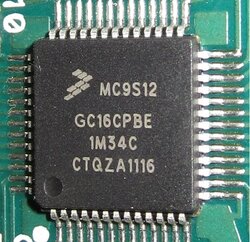I just finished installing my P43 and I intend to hook it up to a true sine wave UPS system. My issue is, I want to be able to tell the stove to do a controlled shutdown before the batteries are completely drained. I know the new stoves have a diagnostic port to connect the Harman DDM tool, but I wanted to know if there was any way to use this port to perform a shutdown.
I'm assuming the DDM is some sort of serial protocol. I was hoping someone had some more info on it. Calling Harman and my dealer was pretty much a waste of time as I expected.
I'm an Electrical/Mechanical engineer and I generally can't leave anything I own alone. My UPS would likely power the stove for 10+ hours, but I want the security of knowing it will shut itself off automatically.
I'm assuming the DDM is some sort of serial protocol. I was hoping someone had some more info on it. Calling Harman and my dealer was pretty much a waste of time as I expected.
I'm an Electrical/Mechanical engineer and I generally can't leave anything I own alone. My UPS would likely power the stove for 10+ hours, but I want the security of knowing it will shut itself off automatically.


